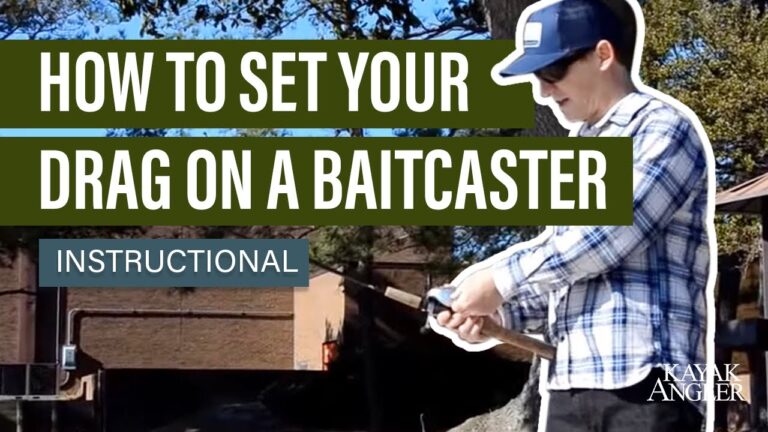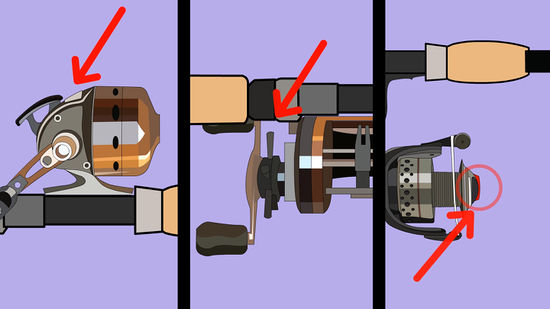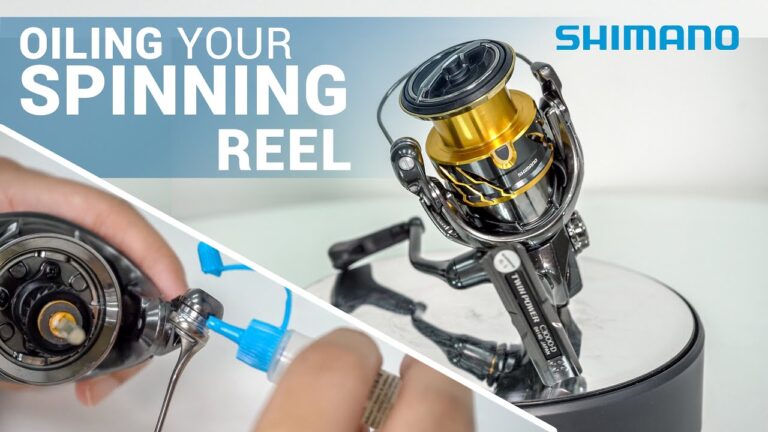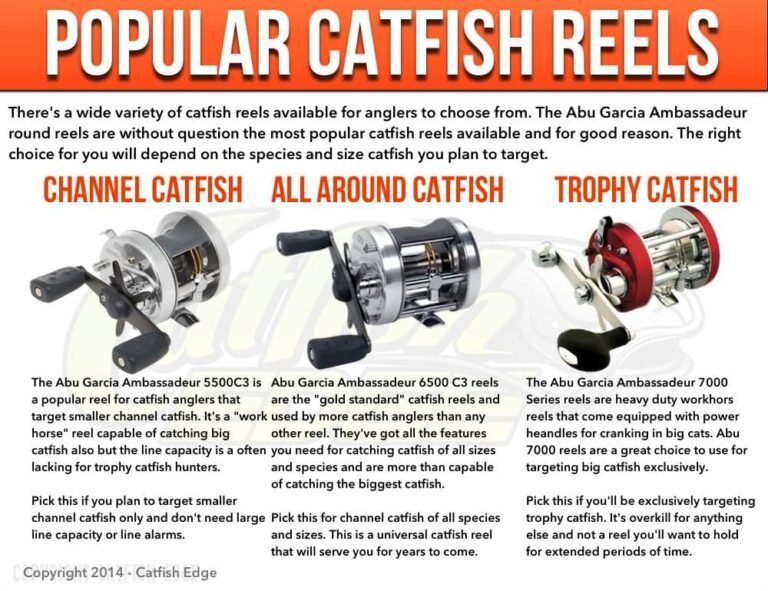How Do You Fix a Fishing Reel
To fix a fishing reel, first identify the problem, such as tangled line, then proceed with appropriate repairs. Disassemble the reel cautiously, clean all components, and replace any broken parts.
Fishing reels are vital for a successful day on the water, and maintaining them is key to smooth operation. Anglers often encounter issues with their reels, ranging from simple line tangles to more complex mechanical failures. Addressing these problems promptly can save time and frustration.
This introductory guide provides essential steps to troubleshoot and repair your fishing reel, ensuring your equipment stays in top-notch condition. With regular care and the right approach, you can easily mend common reel complications and return to fishing as swiftly as possible. Keep your gear in prime shape, and it will enhance your fishing experience, giving you peace of mind each time you cast your line.
The Basics Of Fishing Reel Troubleshooting
Fishing reel issues can be tricky. Start by checking for line tangles or twists. Often, these cause reels to malfunction. Make sure the spool spins freely without resistance. Look for any signs of damage or wear on the reel. Smoothness in operation is a key sign of a healthy reel. Lubrication may be needed if you notice grinding noises or a stiff handle.
| Tool/ Material | Purpose |
|---|---|
| Screwdrivers | To dismantle the reel |
| Lubricant | For smooth operation |
| Cleaning Cloth | To clean parts |
| Tweezers | For removing small parts |
Ensure to clean every part during a fix. Use correct tools to avoid further damage. Proper maintenance extends your reel’s life and improves performance.

Credit: www.youtube.com
Initial Steps For Fishing Reel Repair
Repairing a fishing reel is crucial for a great fishing experience. Always prioritize safety before starting. Remove hooks and lures from the line. Ensure you work in a well-lit area to see small parts. Keep children and pets away to avoid accidents.
For disassembling the reel, use the right tools. This prevents damage. Place parts on a clean cloth as you remove them. Take photos or make notes for easier reassembly. Do not force parts that seem stuck. Proper disassembly is key to a smooth repair process.
Solving Line Issues
Fixing a fishing reel requires patience and careful attention. To untangle spooled line, first, remove the reel from the rod. Gently pull the line out. Look for loops and knots. Use your fingers to slowly work them out. Sometimes, cutting out a small section of line helps. Always pull gently to avoid damaging the line or reel.
Lines can wear out or break with time. To replace worn or broken line, first, remove the old line. Securely attach the new line to the spool. Wind the line evenly across the spool, avoiding overfilling. Make sure to use line appropriate for your reel type. A well-maintained line improves casting distance and precision.

Credit: fixitclub.com
Mechanical Repairs
Fixing drag system malfunctions requires precise steps. First, dismantle the drag system carefully. Inspect each part for wear or damage. Replace worn components with new, compatible parts. Use manufacturer’s grease for lubrication. Reassemble the drag system following the reel’s manual instructions.
For gear and bearing issues, clean all parts with a soft, lint-free cloth. Remove any debris or dirt buildup. Apply a few drops of reel oil on the bearings. Check the gears for proper alignment. Gently realign any misaligned gears. Regular maintenance prevents many common reel problems.
Cleaning And Maintenance
Maintaining a fishing reel is crucial for optimal performance. Regular cleaning keeps parts moving smoothly. Start by dismantling the reel carefully. Gently wipe down each part with a soft cloth and a safe cleaning solution.
Pay special attention to dirt build-up. Removing debris from moving parts prevents damage. Apply oil with precision to bearings and gears.
- Air dry all components before reassembly.
- Use specialized reel grease on gear systems.
- Quality lubricants ensure longevity.
Annual maintenance is recommended for avid anglers. Store reels in cool, dry places to avoid corrosion.

Credit: www.youtube.com
Reassembly And Testing
Proper reassembly ensures your fishing reel functions smoothly. Begin by reattaching the spool. Ensure it sits evenly, allowing the line to wind correctly. Next, connect the handle, securing it tightly to avoid slippage.
Reconnect the gears with care; they should mesh with no resistance. Apply lubrication to reduce friction and protect the parts. Replace any guards or covers, ensuring they fit snugly. Finally, reattach the reel to the rod and prepare to test its performance.
For functional testing, cast the line and observe. The retrieval should be smooth, without jerks or halts. Drag adjustments must respond accordingly.
Listen for unusual sounds—they can signal unfinished business within the mechanism. Confirm the reel locks and releases as intended. With successful testing, your fishing reel is ready for action.
Frequently Asked Questions On How Do You Fix A Fishing Reel
Can Fishing Reels Be Repaired?
Yes, fishing reels can be repaired. Many issues, such as drag problems or gear malfunctions, often require professional servicing or replacement parts to restore full functionality.
How Do You Fix A Fishing Reel That Won’t Cast?
Check the reel for tangled line or obstructions. Lubricate moving parts with appropriate oil. Ensure the bail arm moves freely. Adjust the tension settings if necessary. Seek professional repair for internal damage.
How Do You Restring A Closed Fishing Reel?
Open the bail of the reel and remove any old line. Thread new line through the rod guides, tie it to the spool, and close the bail. Hold tension on the line and reel slowly to spool the new line evenly.
Trim excess line once done.
How Do You Service An Old Fishing Reel?
Begin by disassembling your fishing reel with care. Clean all components with soapy water and a soft brush. Lubricate moving parts with reel oil. Reassemble the reel, ensuring everything is tightened properly. Test the reel’s function to confirm it operates smoothly.
Conclusion
Ensuring your fishing reel is in top condition is crucial. By following the straightforward steps outlined, you can tackle common issues efficiently. Regular maintenance prevents further complications, saving you time and frustration. So grab your tools, apply these fixes, and get ready for a seamless fishing experience on your next adventure.
Happy angling!





